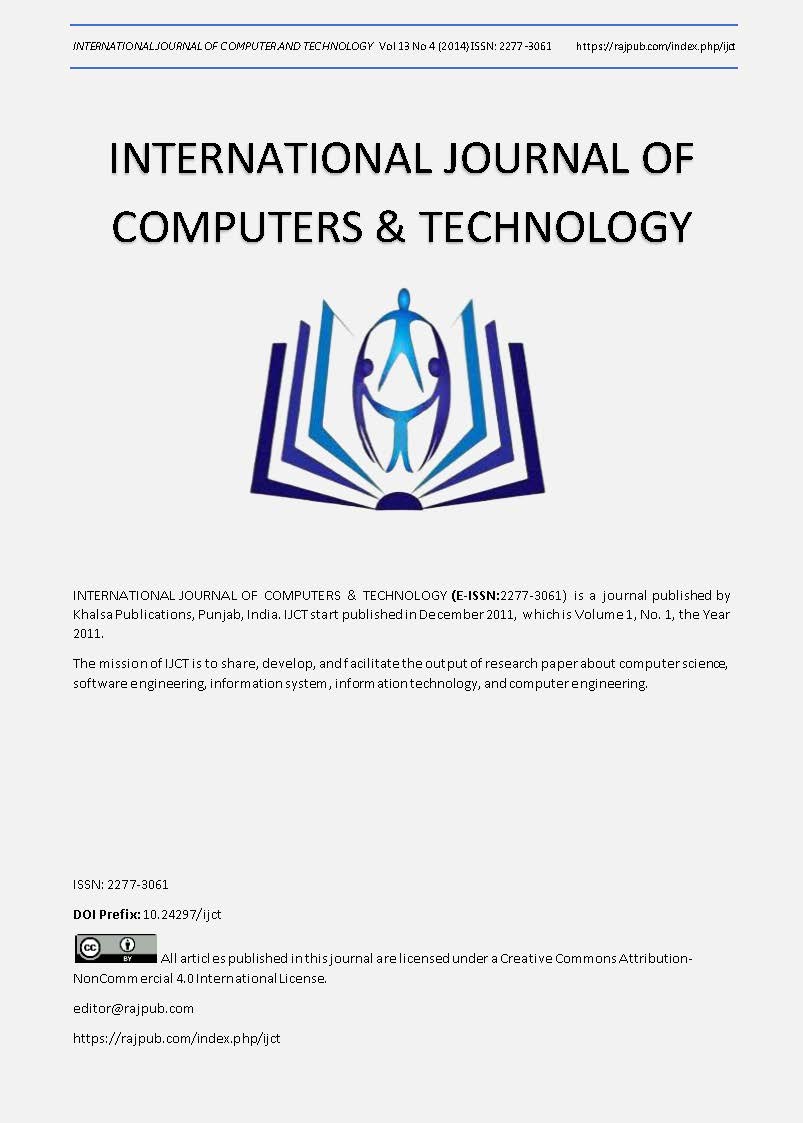Performance Evaluation of COCOMO Vs UCP
DOI:
https://doi.org/10.24297/ijct.v13i4.2856Keywords:
Cococmo, Sdlc, Fp, Ucp, Kloc.Abstract
Effort estimation is a measure factor of estimation in today’s world. From a long time being, a no. of techniques is employed for the estimation of efforts. Very popular and widely used techniques are COCOMO1 and COCOMOII that estimates the cost in terms of efforts. But effort is linearly or non-linearly dependent upon the size of the developing software. For size estimation, Lines of Code (LOC) counts technique showed its comforts as developer do not have to solve any mathematical equations, just count the no. of lines of the developed software. But uncertainties in its results and other limitations led us to use different approaches. Then came Functions Point (FP) technique, this technique proved its goodness in almost every aspect where LOC lacks. Developers estimate Lines of code early before the software is finally built. Several factors have to be considered before estimation as how many no. of input screens, output screens, external inquiries, and database related internal logical files, external interface files and many other technical factors that affect accuracy of estimation. FP had been used for a long time being for estimation of size, which is the main input for COCOMO1 and COCOMOII.But as the time changes, needs and their solutions also changes. Today, software are based on object oriented paradigm and OOP languages. Developers use Unified Modeling Language (UML) notations and diagrams for estimation of each aspect of software development. So the main factor is to use such a technique that supports the OOPs for estimation purposes. Main approach of this thesis is to implement Use Case Point estimation (UCP) Technique to overcome the drawbacks of FP which was considered as a procedural oriented (POP).Further evaluation of the performance of UCP in comparative to COCOMO 1 and COCOMOII is taken. This all will be performed with the help of a self implemented tool having all the functionalities at one location.









